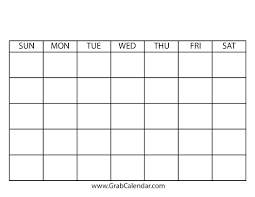1. When going from T-L , show effort and urgency.
2. When going from T-L, get to the end line to accept the play.
3. When going from T-L, find the last defender or the defender that can hurt you the most.
4. On drives to the basket, officiate secondary defenders as quick as possible.
5. On drives to the basket, officiate 70% defense and 30% offense.
6. When going from T- L, find your clock(s).
7. The starting position will be determined according to the position of the ball once it enters the front court.
8. When drives are coming at you, get on your back foot, so you will remain patient.
9. Call what you can see.
10. See what you can call.
11. The lead official shall officiate strong side rebounding, find the match- up and adjudicate action.
12. When officiating rebounds, watch for clamps.
13. Keep post play under control. Aggressive play is permitted, but rough play is not.
14. On post play scenarios, get the first foul.
15. When the ball is above the free throw line extended, the lead is responsible for “3” seconds.
16. Officiate from the outside in position when appropriate.
17. Move no closer than half the distance to the side line ,except when you must go the entire distance towards the corner to officiate a player with the ball below the free throw line extended.
18. Do not get “stuck” underneath the basket.
19. Find reasons to rotate.
20. When rotating take a quick glance at the shot clock and game clock.
21. When the ball is above the free throw line extended, find ball and then go off ball and officiate your match- ups.
22. When the lead is rotating, the pace of the lead is dictated by the position of the ball.
23. Have a Big Picture Mentality while viewing the offensive formulation in the front court.
24. Accept the ball and find the match-up that can defend the offensive player when the ball is below the free throw line extended.
25. When rotating, if there are no post players on the center’s side, the lead must officiate the action area in the lane.
26. On weak side drives, “pinch the paint” and obtain mini- angles.
27. Before rotating, close down and decide what pace to use when rotating.
28. Don’t rotate on the “3” immediates. Immediate shot, dribble drive, skip or entry pass.
29. Work on processing plays to the basket.
30. When players are going away from you, leave these scenarios alo




